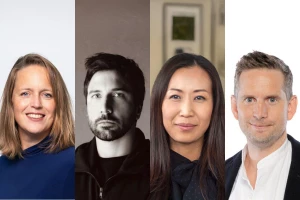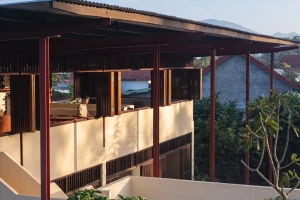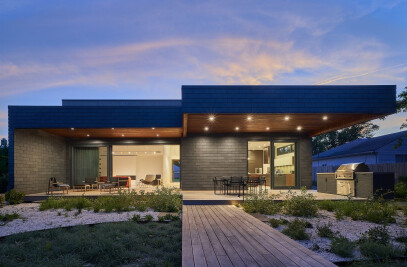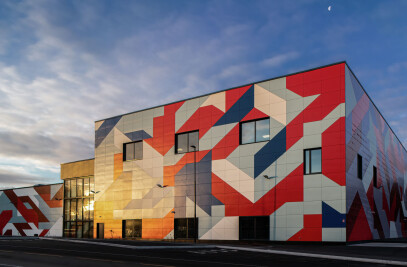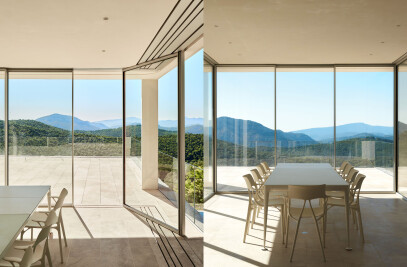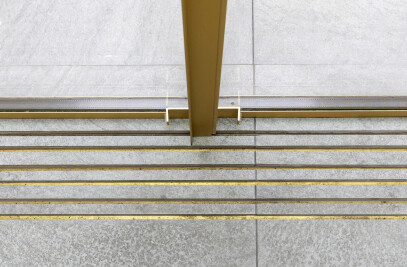At the CES 2020 in Las Vegas Toyota CEO Akio Toyoda announced together with Bjarke Ingels a prototype town where people work and live while participating in a living laboratory to advance mobility. Toyoda imagenes a smart city that will allow Toyota’s engineers and scientists the opportunity to freely test technologies like mobility as service, robotics, smart home connected technology and AI in a live environment.

When Toyota’s CEO considered creating another test site for autonomous technology the idea developed ”why not build a real city.” The prototype town will be located 100 kilometers south-west of Tokyo, close to mount Fuji, on a former factory site with plans to break ground in 2021.

The city design peels apart the typical messy city infrastructure and weaves it back together into three separate forms of mobility spread over three parallel lanes. A street optimized for automated vehicles, a promenade for micro-mobility and a linear park for pedestrians. Bjarke Ingels illustrates: “Imagine walking from one part of town to the other moving only through a park.”
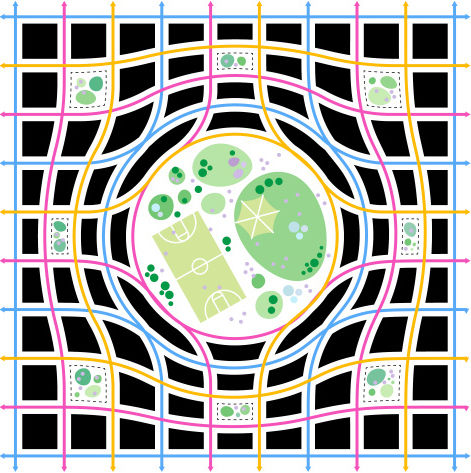
The three parallel lanes form a three by three grid of city blocks with a park plaza at the center. This module is replicated to form another three by three grid with a large public area at the center that distorts the whole grid into a more fluent shape.

The design strives for a carbon neutral city with the use of solar energy, geothermal energy and hydrogen fuel cell technology. The power grid will be hidden in an underground network combined with stormwater filtration and a goods delivery network.

The buildings will be built using an advanced timber construction method that will combine Japan’s craftsmanship with robotic fabrication. The blocks are zoned as a mix of housing, retail and business all with photovoltaic panels installed on the roofs.

Bjarke Ingels explains: “As a replicable framework, the Woven City can serve both as a prototype for future cities and as a retrofit to current cities. By simply ‘reprogramming’ existing streets, we can begin to reset the balance between people, mobility, and nature in cities as diverse as Tokyo or New York, Copenhagen or Barcelona.”


















